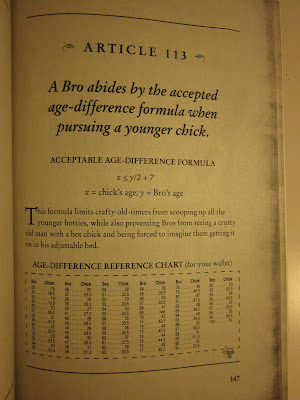Ratchet effect is an effect when we discuss about regulation lag or the issue raised when we talked about commitment problems. Any finite contract with asymmetric information actually might exhibit the ratchet effect.
For example, under Bayesian mechanism, regulator at first only know the information of regulated firms based on the distribution information. At stage one, if there is two options, a high power incentive and a low power incentive, regulated firms will automatically choose the one favored to themselves and as a result reveal the type of the firm. Self-selection is an important feature of bayesian mechanism. At stage 2, usually when the first contract expires, regulator can use the information of firms' ex post cost to reset the firm's prices. Without commitment, firms are in a situation of " punished by doing well in the last period." If firms know about this mechanism they will have a less incentive to engage in cost reducing effort. It can leads to a series of problems, less investment, cost inflation, etc.
What if there is a commitment of the regulator of not changing the contract for a relatively long period (which still has the ratchet effect in the last period). It can reduce the above problems, but as all long-term contracts it have the problem of inflexibility . In a world changed almost every second, a fixed contract can not probably deal with the turmoil, say policy and technology changes. Not to mention the unredeemed promise. In a regulatory world, we can't just say, hey, don't cry for the pouring milk. We have to correct the mistakes.
Joskow mentioned in "Regulation of natural monopolies"that "the behavior of a firm will depend on the information that its behavior reveals to the regulator ex post and how the regulator uses that information in subsequent regulatory reviews." It is a game between the regulator and regulated firms. When there is no commitment, we can analysis the situation happened from both sides' behavior. He cited the UK's RPI-X mechanism as a real world example. The RPI-X mechanism is a price cap adopted an annual inflation rate and a target productivity change factor"X", which will be reset every 3-5 years to reflect the current realized cost of service. Under the observation, firms under this regulation made their greatest cost reduction efforts in the earlier period and reduce the effort as the review approached.
Dilemma raised, solutions must be offered. Usually, there are two ways out. First, rely on the law. Because even without commitment , firm have the protection of law. So it can partly increase the confidence and stability of investments. Second approach, which is kind of meaningless, is abandon the incentive regulation, just use the rate of return regulation.
--------------
reference:
Paul L. Joskow, Regulation of Natural Monopolies
For more information:
1. Laffont and Tirole,(1993)
, A theory of Incentive in Regulation and procurement
2. Laffont and Tirole, Competition in Telecommunications
















